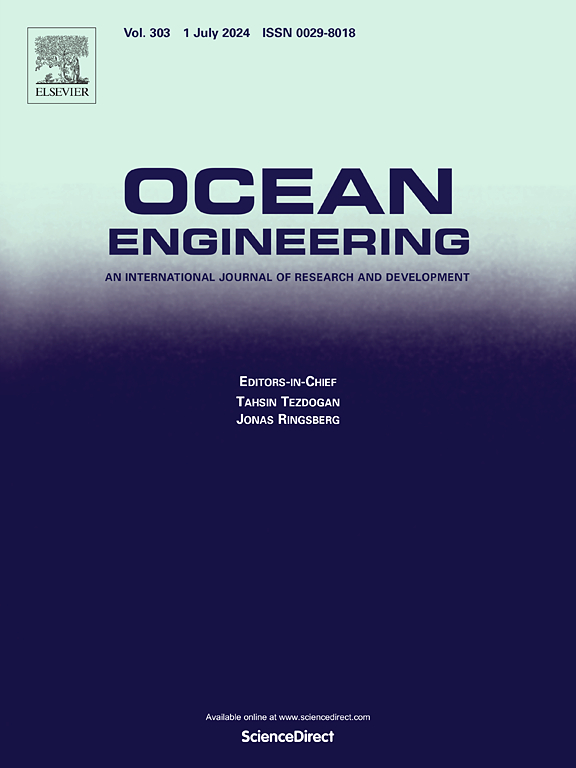双域水上无人机电力推进系统的推力和功率特性
IF 5.5
2区 工程技术
Q1 ENGINEERING, CIVIL
引用次数: 0
摘要
水上小型无人驾驶飞行器(sUAVs)是能够在水上和空中领域操作的车辆。为了设计水上无人机,需要有效的空气和水中推进性能预测方法。为了开发足够准确的预测方法,本研究通过实验和多学科建模,研究了一种水上sUAV电力推进系统(电子速度控制器、电机和螺旋桨)的静态性能。结果包括用于验证的三组实验数据:使用定制称重传感器设置在空气和水中收集的推力和电力,从传统推力架获得的推力,功率和扭矩,以及使用迟滞测功机获得的电机扭矩作为转速的函数。采用三种不同保真度的流体模型、结构建模和电气元件建模来进一步探索实验数据,并确定模型保真度和准确预测综合性能所需的调整。结果表明,除了传统的流体动力学分析和电机效率方法外,还需要考虑叶片节距变形、热效应和非设计情况下的低电子速度控制器效率,以准确预测系统在水生领域的性能。本文章由计算机程序翻译,如有差异,请以英文原文为准。
Thrust and power characterization of a dual-domain aquatic sUAV electric propulsion system
Aquatic small uncrewed aerial vehicles (sUAVs) are vehicles that are capable of operating in both aquatic and aerial domains. To design aquatic sUAVs, validated propulsive performance prediction methods in both air and water are required. This work investigates the static performance of an aquatic sUAV electric propulsion system (electronic speed controller, motor, and propeller) both experimentally and through multidisciplinary modeling for the purpose of developing sufficiently accurate prediction methods. The results include three sets of experimental data for use in validation: thrust and electric power collected in both air and water using a custom load-cell set-up, thrust, power, and torque derived from a conventional thrust stand, and motor torque as a function of rotational velocity found using a hysteresis dynamometer. Three fluids models of varying fidelity, structural modeling, and electrical component modeling were used to further explore the experimental data and to identify model fidelity and adjustments necessary for accurate prediction of integrated performance. The results indicate that in addition to conventional approaches to fluid dynamic analysis and motor efficiency, it is necessary to account for blade pitch deformation, thermal effects, and low electronic speed controller efficiencies in off-design cases to accurately predict system performance in the aquatic domain.
求助全文
通过发布文献求助,成功后即可免费获取论文全文。
去求助
来源期刊

Ocean Engineering
工程技术-工程:大洋
CiteScore
7.30
自引率
34.00%
发文量
2379
审稿时长
8.1 months
期刊介绍:
Ocean Engineering provides a medium for the publication of original research and development work in the field of ocean engineering. Ocean Engineering seeks papers in the following topics.
 求助内容:
求助内容: 应助结果提醒方式:
应助结果提醒方式:


